Should we bring back extinct species? Cells preserved for 40 years have been used to clone an endangered wild horse, but some scientists ask whether cloning is really the solution. Kurt is one of a kind. The latest video of this newborn Przewalski’s horse shows him frolicking happily next to his mother. But she is not his genetic parent. He is an exact copy of his father and the world’s first cloned wild horse. This is the astonishing result of 40 years of foresight and cloning technology. A century ago there were only 12 Przewalski’s horses left, and although numbers have recovered, the species is still critically endangered. Inbreeding and a lack of genetic diversity threaten its long-term survival. A clone of a stallion who died in 1998, Kurt will reintroduce lost genetic material into the gene pool. This will strengthen future generations against disease and environmental change. But cloning horses is only the start of what this technology might achieve. The foal is named after Kurt Benirshke, the founder of the Frozen Zoo in San Diego, California. Forty-five years ago, Benirshke began freezing the cells of endangered species long before cloning technology existed. The zoo has collected biopsies from over a thousand species, kept at minus 196 °C in liquid nitrogen. Benirshke’s motto was: “You must collect things for reasons you don’t yet understand,” and this genetic treasure trove had to wait for biotechnology to catch up. In 1996, Dolly the sheep became the first mammal to be cloned, followed by the first cloned pet, CopyCat, in 2001. There were setbacks. An attempt to resurrect the extinct Pyrenean ibex in 2003 produced a kid that only survived for10 minutes. As the science improved, conservationists looked further back in time to rescue animals that had disappeared hundreds or thousands of years ago. Gene editing now allows scientists to reprogramme a pigeon to create an extinct passenger pigeon, or even to edit an elephant’s DNA to make a woolly mammoth. However, some think we need to stop and ask whether we should be cloning animals at all. The prospect of safari parks populated by mammoths and sabretooth tigers may sound exciting, but critics say cloning for entertainment will lead to the prehistoric disaster imagined in the film Jurassic Park when a power failure causes the park's cloned dinosaurs to run loose. Palaeontologist Michael Archer says “we have an obligation” to reverse the mass extinction caused by humans over the last ten thousand years. For example, hunting has reduced the northern white rhino to a mere two surviving animals. DNA from the Frozen Zoo can give the rhino a second a chance. But the environmental philosopher Glenn Albrecht says that without homes for these cloned animals, this “whole exercise is futile and a gross waste of money”. Many animals are threatened or have died out because of a loss of habitat. Reviving such animals without restoring their ecosystems, Albrecht argues, makes no sense. For this reason, the ecologist Sergey Zimov is building Pleistocene Park in Siberia. The park is an ambitious project to counter climate change and replace tundra with the Ice Age grasslands where the woolly mammoth once roamed – and one day, thanks to cloning, where it may roam again. But should we bring back extinct species? A new lease of life Some say no, cloning is playing God and will end badly. Natural selection means the strong survive, and the weak die out. Cloning interferes with this process and will not work. Even if we successfully clone extinct or endangered animals, they would not survive in the wild. And if they do, they will disrupt existing ecosystems and endanger other species. Others say yes, we don’t just have a duty to do it: our planet depends on reversing the rate of extinction. Humans have degraded habitats and killed off thousands of species. As biodiversity declines, the remaining species become even more vulnerable to disease, environmental disaster and climate change. By diversifying the gene pool, cloning may safeguard the future of life on Earth. KeywordsPyrenean ibex - A type of goat which died out in 2000.
Should we bring back extinct species? Cells preserved for 40 years have been used to clone an endangered wild horse, but some scientists ask whether cloning is really the solution.
A new lease of life
Keywords
Pyrenean ibex - A type of goat which died out in 2000.
Woolly mammoth - Its closest living relative is the Asian elephant. The last population lived on Wrangel Island in the Arctic Ocean.
Endangered horse cloned from frozen cells

Glossary
Pyrenean ibex - A type of goat which died out in 2000.
Woolly mammoth - Its closest living relative is the Asian elephant. The last population lived on Wrangel Island in the Arctic Ocean.
